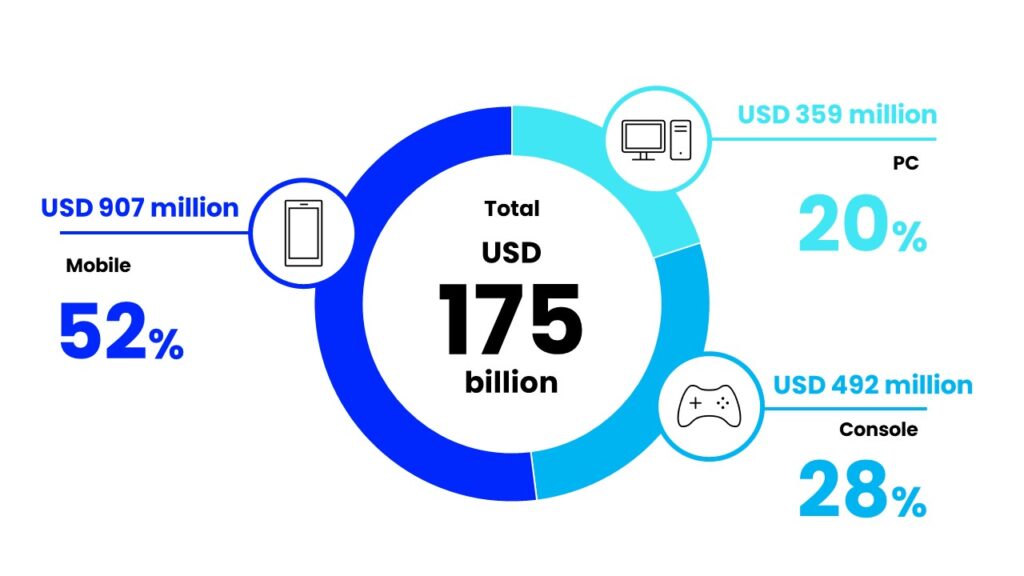GameFi (a term coined by combining gaming and finance) has been taking the crypto asset industry by storm since 2021. The spark that ignited GameFi is the existence of “Play to Earn,” a form of earning through game play. Other eccentric projects, such as earning by walking and sleeping, have also become the talk of the town. In this column, we will introduce the structure of Play to Earn, its future, and its challenges, with “GameFi” as the theme.
Why Get Rewarded? How Play to Earn Works
Play to Earn (P2E), as the name implies, is gaining attention in the GameFi industry as a new form of app games and browser games. It has become a hot topic, especially for game projects using blockchain and NFT, and users are attracted to the fact that they are given certain rewards for playing games and the right to draw for exclusive NFTs.
In the conventional relationship between game operators and users, the operator has sovereignty over the game data, and in principle, the transfer of items used in the game is prohibited.
In addition, there is no mechanism in place for secondary use of related data to be returned to users. Basically, the game cassettes and application content, including mobile games that charge a fee, are sold by downloading them.
In other words, in the traditional gaming environment if the game service itself is terminated and the business is closed, the user who purchased or paid for the game will be left with nothing.
In contrast, in blockchain games (BCG), as in the Web 3.0 concept, the user has sovereignty over game-related data, which is written on the blockchain. For this reason, it is not possible for the operator to delete items or change data, and items granted in the game and purchased items can be transferred between game players. P2E games are equipped with a mechanism whereby the operator distributes in-game currency as an incentive to users.
Another advantage of game items being NFTs is the possibility of using the NFTs as items in a separately developed blockchain game. The information written to the blockchain can be used as collateral for the use of items independent of a specific game, making NFTs available on a virtually semi-permanent basis.
Traditional browser games and app games
- In-game items are owned by the fundamental operator
- Transfer of items, etc. is prohibited in principle.
- Items disappear with the closure of the game service.
P2E Games
- User retains in-game items
- Items freely transferable between users
- Semi-permanent use even after game service closure
The basic mechanism for receiving rewards in P2E games is a combination of NFTs, in-game currency (utility tokens), and governance tokens* to maintain game balance.
NFTs serve as unique characters for each project and as essential items for joining the game and are purchased by users from the marketplace. In-game currency and governance tokens are distributed as rewards according to the amount of time spent playing the game or using the purchased NFTs. The number of tokens that can be acquired depends on the individual values and parameters of the NFTs.
*Governance Token…
A token that grants the holder (holder of the token) specific authority to make decisions about network operations and development by voting or other means.
The authority represented by a governance token may include traditional management roles as well as the authority to make program changes that form the basis of a game project. The aim is to avoid centralized management by granting authority to holders for decentralized decision-making.

In addition to these game features, the operator seeks to expand the market through commissions earned from game play and unique promotions, and to increase revenue through secondary use of related data in the game.
Furthermore, there are three main ways in which users are rewarded in P2E games.
Rewards based on game play and action time
- Compensation for game play, a means of earning governance or utility tokens for a player’s time of action.
- The tokens received from users according to their performance and ranking can generally be exchanged for other crypto assets.
Newly formed and sold NFT
- Composition or creation of new NFTs by crossing NFTs in a game (called mint, breed, etc., depending on the game)
- NFTs can be created by spending a certain number of in-game currency and other items from multiple NFTs, and newly created NFTs can be bought and sold in a dedicated marketplace.
Become an owner and monetize (Scholarship Program)
- How to lend your NFT characters and items to other users
- The lending user (owner) may share in some of the rewards earned by the rented user for game play.
- Renters can get in the game without initial investment or principal.
Play to Earn project takes GameFi by storm
There are already many blockchain and P2E gaming projects, and even Move to Earn and Sleep to Earn projects as well as gameplay. Here are some of the most popular projects.
P2E:Axie Infinity
Released in 2018 by a Vietnamese development company, this project is synonymous with P2E games. The in-game currency, SLP, can be converted to bitcoin and other cryptocurrencies.
The scholarship system, which allows users to rent game characters to other users, has made the game popular in the Philippines and other Southeast Asian countries because it can be started with no initial funding, and there were many core users who made P2E games their profession when they could expect to earn more than the average yield wage in their local market.
M2E:Stepn
A Move to Earn (M2E) mobile game linked to GPS data, developed and configured on Solana, that allows NFT sneaker buyers to earn GST, the in-game currency, in relation to the distance they travel by walking, running, etc.
NFT sneakers have different ability values depending on their rank, parameters, and the number of NFT sneakers possessed, and the number of GST earned varies according to these values. In addition, by spending GST and GMT (Governance Tokens) in-game and minting/crossing NFT sneakers with each other, new NFT sneakers can be created and traded with other users in the exclusive marketplace.
S2E:SleeFi
Based on the Avalanche Blockchain, the Sleep to Earn project, which promotes a healthy sleep environment, uses a sleep monitoring function to observe users’ sleep and distributes in-app currency according to the difference between their pre-set sleep time and wake time.
The distribution of unique token rewards is adjusted based on the user’s sleep quality and maintenance of a regular sleep rhythm, and the operator will promote a healthy sleep environment and conduct research using sleep-related data at the same time.
The Future and Challenges of the Blockchain Gaming Market
The global market for games, including blockchain games, is growing every year, and as of 2021, the global gaming market size will reach approximately 124 trillion yen, and the global gaming population will reach approximately 2.9 billion people.
The global NFT market is expected to grow to approximately 28.5 trillion yen by 2023, and the gaming and NFT markets will continue to be a major driver of the real economy of the crypto asset industry in the future.
The existence of blockchain gaming is also attracting attention as a new market that merges business and gaming, the real and virtual worlds, and has the potential to influence the way people work and live in the future.

However, there are many challenges surrounding GameFi and blockchain gaming.
Many projects that employ P2E have voiced their inability to become forward-looking and sustainable games. Traditional game operators are not only seeking to increase profits and fee revenue from new users as part of their branding and to diversify their revenue streams, but also to raise funds from investors, plan tie-ups with outside companies, and do other marketing.
To balance the economics of a business in an industry such as gaming, which is easily influenced by trends, it is still necessary to operate from multiple perspectives. Since the main source of revenue for P2E games, if not all, is the increase in profits from new entrants, a clear roadmap for future projects and marketing measures that create new value through connections with other industries and sectors will also be necessary in the future.
Issues related to legal risks have also been raised. In particular, there is a focus on whether NFTs and proprietary token distribution methods are in compliance with the Law for Preventing Unjustifiable Premiums and Misleading Representations (in Japan), and some P2E projects are promoting their services in cooperation with law firms that specialize in handling blockchain and NFT regulations. Blockchain gaming is a new market with both potential and challenges, and the business itself is still in its infancy.
As a temporary example of blockchain gaming in its infancy, CTIA has entered into partnerships with X-Creation and PolkaFantasy, both of which have experience developing NFTs in the entertainment space, and PolkaFantasy has its own NFT marketplace and blockchain games. The purpose of this partnership is to develop new NFT games, GameFi, and Metaverse business projects, and to ensure the smooth operation of the business.
By leveraging CTIA’s strengths in consulting for numerous clients in the blockchain area and promoting the formation of a token economy, we aim to create an environment that facilitates projects even for new businesses by forming a new ecosystem in the NFT game and metaverse fields, creating opportunities to acquire users and players, and supporting advertising and promotional activities for new games.
In addition to GameFi, CTIA also offers business consulting services for handling blockchain and NFT and incorporating use cases into the real world. If you need more detailed business consulting on blockchain and NFT, please contact us through the inquiry form.
Writer:T.OGASAHARA

